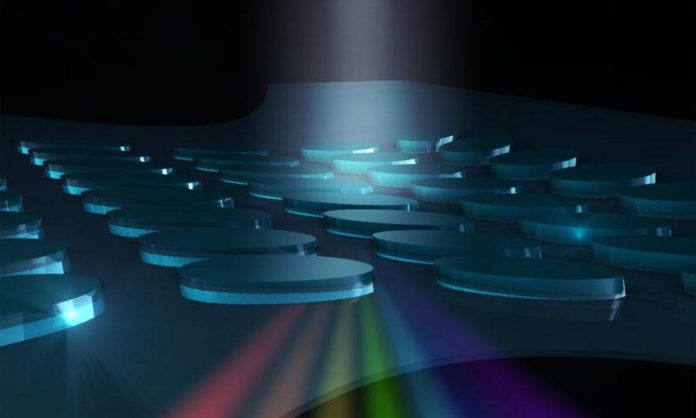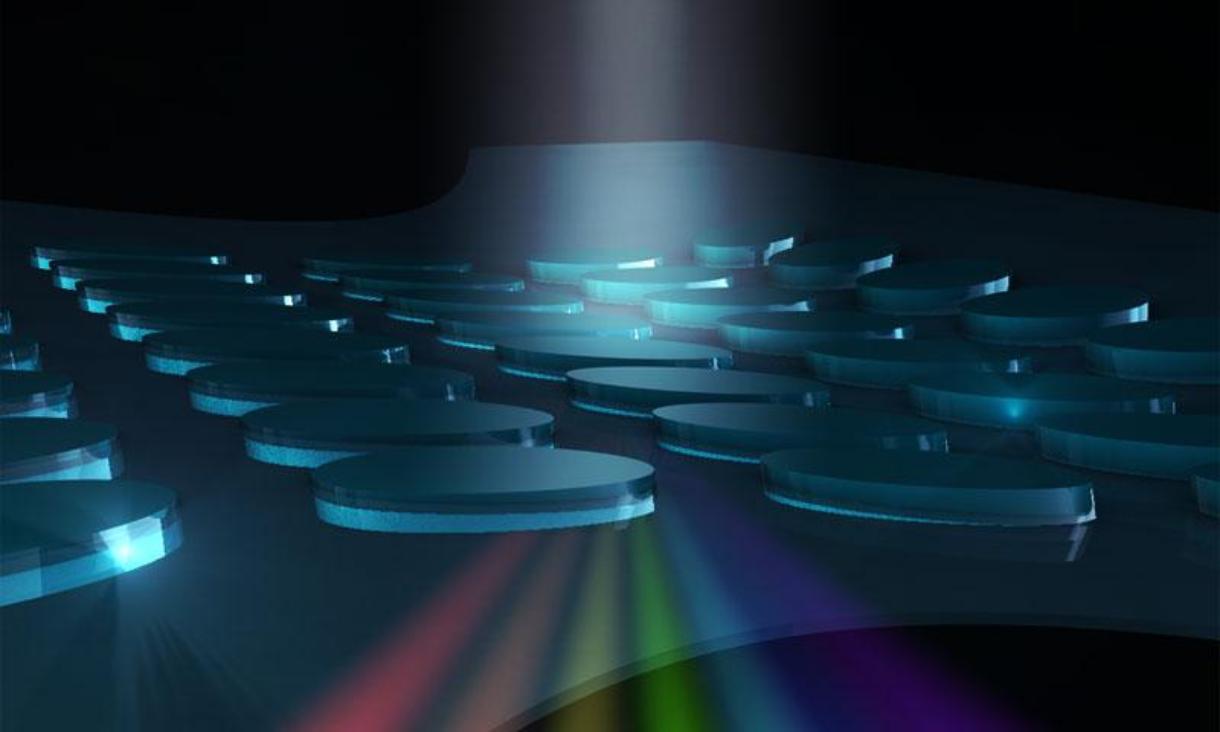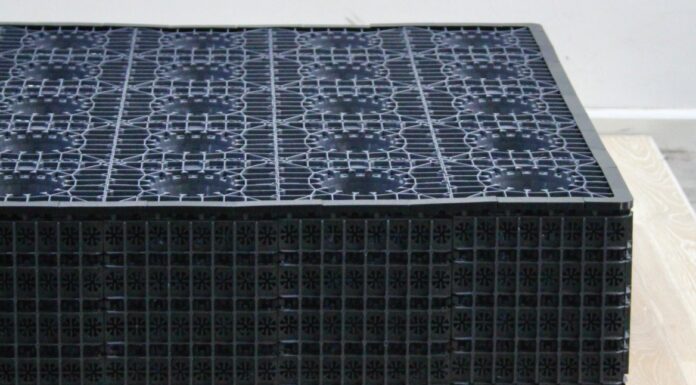
Scientists from the University of Adelaide and RMIT have developed a new technology that could be the basis for making “smart” contact lenses in the future.

Namely, they managed to develop a stretchable nano-scale device that can manipulate light and filter specific colours.
The transparent devices are made on a rubber-like material used for contact lenses and can be used for making high-tech contacts, or “smart” contact lenses, that can filter out optical radiation, transmit data and collect information on vitals.
Another amazing aspect of this novel technology is that it could potentially allow for a head-up display.
The research was conducted at RMIT’s state-of-the-art Micro Nano Research Facility and was supported by the Australian Research Council.
“Manipulation of light using these artificial crystals uses precise engineering. With advanced techniques to control the properties of surfaces, we can dynamically control their filter properties, which allow us to potentially create devices for high data-rate optical communication or smart contact lenses,” said Dr Withawat Withayachumnankul, from the University of Adelaide’s School of Electrical and Electronic Engineering.
“The current challenge is that dielectric resonators only work for specific colours, but with our flexible surface we can adjust the operation range simply by stretching it.”
“We embed precisely-controlled crystals of titanium oxide, a material that is usually found in sunscreen, in these soft and pliable materials. Both materials are proven to be bio-compatible, forming an ideal platform for wearable optical devices,” added Associate Professor Madhu Bhaskaran, Co-Leader of the Functional Materials and Microsystems Research Group at RMIT.
“By engineering the shape of these common materials, we can create a device that changes properties when stretched. This modifies the way the light interacts with and travels through the device, which holds promise of making smart contact lenses and stretchable colour changing surfaces.”
“With this technology, we now have the ability to develop light weight wearable optical components which also allow for the creation of futuristic devices such as smart contact lenses or flexible ultrathin smartphone cameras,” concluded Lead author and RMIT researcher Dr Philipp Gutruf.



















